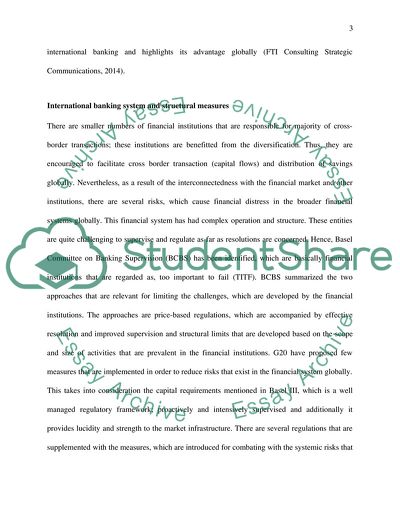Cite this document
(Financial crises Essay Example | Topics and Well Written Essays - 2250 words, n.d.)
Financial crises Essay Example | Topics and Well Written Essays - 2250 words. https://studentshare.org/finance-accounting/1842513-financial-crises
Financial crises Essay Example | Topics and Well Written Essays - 2250 words. https://studentshare.org/finance-accounting/1842513-financial-crises
(Financial Crises Essay Example | Topics and Well Written Essays - 2250 Words)
Financial Crises Essay Example | Topics and Well Written Essays - 2250 Words. https://studentshare.org/finance-accounting/1842513-financial-crises.
Financial Crises Essay Example | Topics and Well Written Essays - 2250 Words. https://studentshare.org/finance-accounting/1842513-financial-crises.
“Financial Crises Essay Example | Topics and Well Written Essays - 2250 Words”. https://studentshare.org/finance-accounting/1842513-financial-crises.


